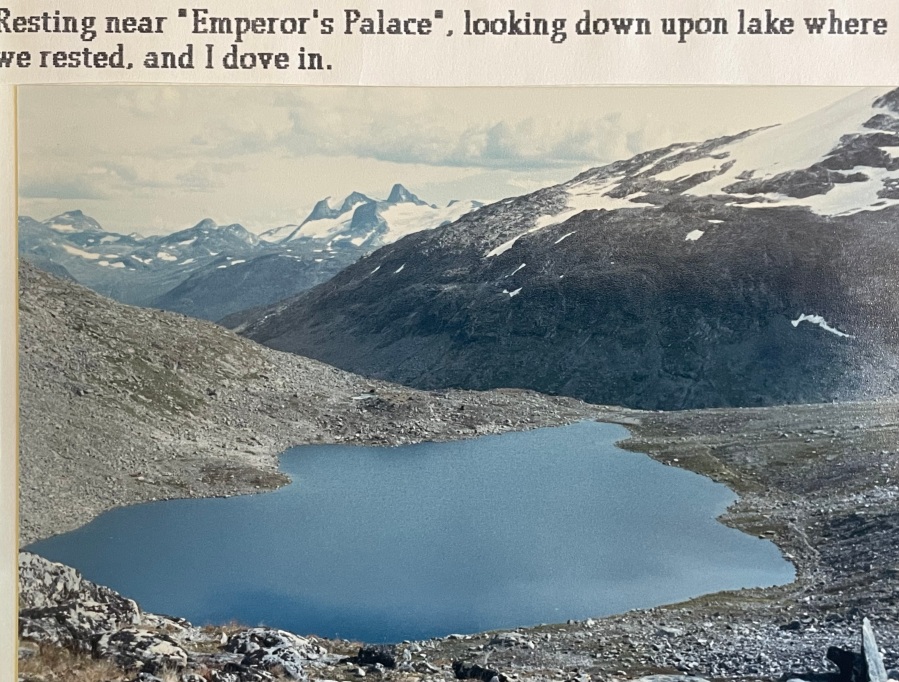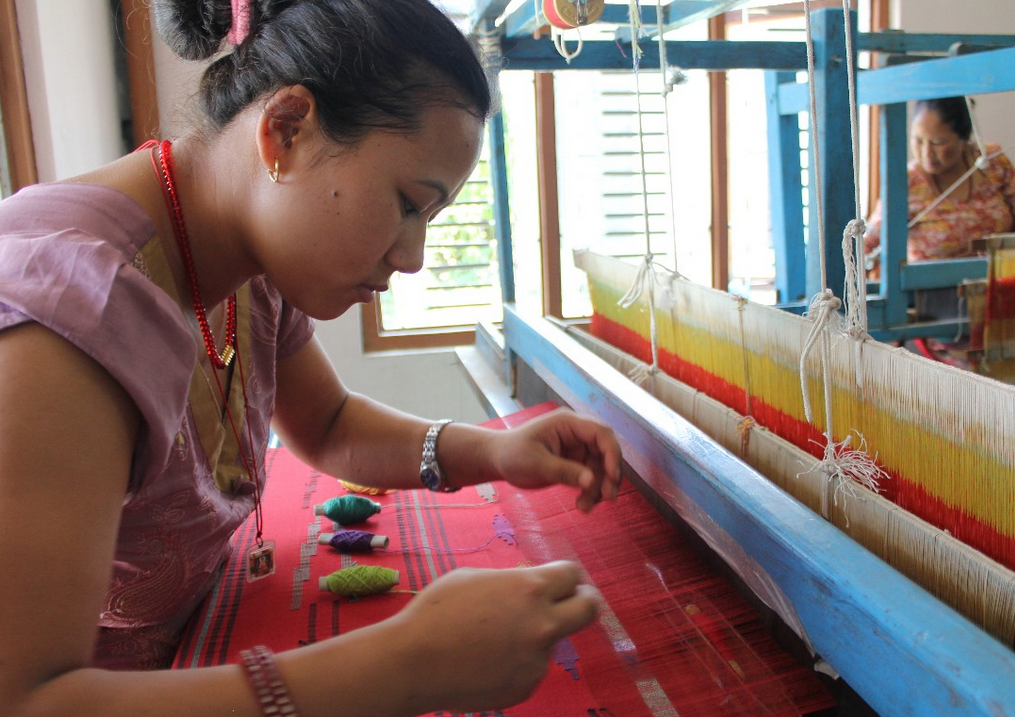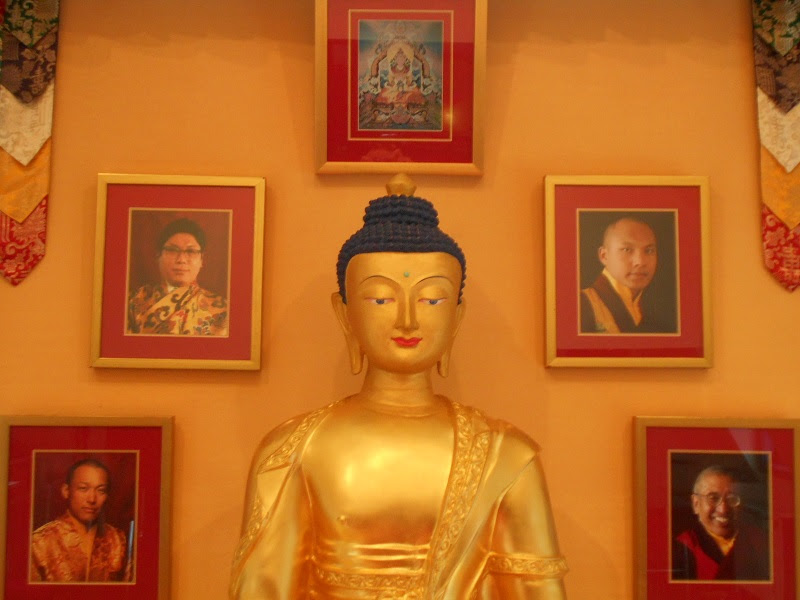
In 1989 I took part in a trek with the Norwegian Mountain Touring Association. These pictures are images of the originals in an album.

After a long bus trip up a mountain, stayed overnight at this dorm and after breakfast prepared to hike until dinner.
Before hiking on the glacier, which lasted about three days, the trek leaders had us all hitch ourselves to a strong rope, and began instruction on safety and what to do and what to avoid. Above all as you are approaching a crevice, DON’T be near more than two other people. If three people slip Into a crevice they will be too heavy to pull out and someone will have to radio for a helicopter to come to the rescue.














Summary of trek
This was my best experience in group mountain trekking. If you are interested in hiking in Norway, note that Norwegian hikers are more fit than Americans. I prepared for one of their most difficult hikes by biking up and down hills in North Carolina for months until the last day I left work early and cycled until late evening.
Visit this organization at https://english.dnt.no.
The future
Norwegian ice cap ‘exceptionally sensitive’ to climate change
How will future climate change affect our glaciers? By looking into the past 4000 years, a new study lead by Henning Åkesson at the Bjerknes Centre finds an ice cap in southern Norway to be ‘exceptionally sensitive’ to climate change.
“Today the ice is more than 300 m thick at places, which may sound like a lot. But the implication of our study is that if climate warming continues, this ice cap may disappear before the end of this century. I don’t think most people realize how fast glaciers can change, maybe not even us as scientists,” says Åkesson. [ This article is about a glacier – Hardangerjøkulen – in the same region I hiked in. ]
https://bjerknes.uib.no/en/article/news/norwegian-ice-cap-exceptionally-sensitive-climate-change





































